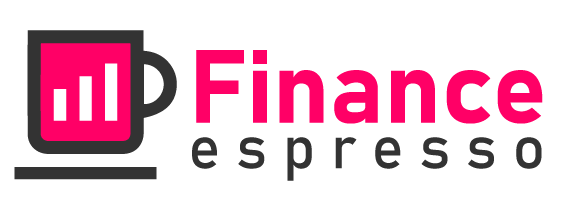Getting Started With a Personal Loan: A Guide for Beginners
Personal loans offer a convenient and often necessary option for financing a range of financial needs. Whether you’re considering taking out a loan for a big purchase, debt consolidation, or even for home repairs, a personal loan could be the right way to get the funds you need. This guide offers advice and tips for getting started with a personal loan.
Research loan types and applications
Personal loans come in many forms, from traditional bank loans to peer-to-peer lending, and many of the details vary from one lender to the next. It’s important to understand the details of the loan that you’re considering, such as the loan terms, fees, repayment options, and more.Researching different types of personal loans can help you find the right option for your needs and budget.
When you’ve found the right form of loan, you’ll need to start an application process. This process can vary from one lender to the next, but in general you’ll need to provide information on your credit history, income, assets, and other financial details. This allows lenders to evaluate your creditworthiness and decide whether you’re eligible for a loan.
Compare lenders and rates
Once you know what kind of loan you’re looking for, the next step is to compare lenders. Each lender will have different rates, loan terms, and fees, so it pays to shop around and compare offers from different lenders. You may also want to consider the lender’s reputation and customer service, as well as the application process, so that you can find the best loan for your needs.
Prepare financial documents
Before you start your loan application, it’s important to have a few key financial documents on hand to make the process go more smoothly. This includes proof of income, such as recent pay stubs or tax returns, as well as proof of assets.
You should also make sure that your credit report is up to date to help you qualify for the best rates. Check it for errors, and dispute any incorrect or outdated information. You can also use credit-building tools such as secured credit cards to help improve your credit score over time.
Calculate Your Loan Payment
The next step is to calculate your monthly loan payment. This will help you plan for your loan and make sure that you’re able to make your payments on time. Use a loan calculator to determine your estimated loan payment, including any fees or other charges you may incur. Make sure that your loan payment fits within your budget.
Secure Your Loan
Once you’ve found a lender and calculated your loan payment, it’s time to secure your loan. Read and understand the loan agreement, and make sure that you agree to all the terms and conditions before signing. Once your loan is approved, the lender will disburse the funds to you.
Repay Your Loan
Once you’ve received the funds from your loan, it’s important to make timely, consistent payments towards your loan. Work out a repayment plan that works for you and set up automatic payments to ensure that your payments are made on time. Keeping up with your loan payments can help you build positive credit history and can even result in lower interest rates in the future.
Conclusion
Taking out a personal loan can be a great way to finance your next big purchase, consolidate debt, or fund a major life event. It’s important to have a good understanding of loan types, lenders, and repayment terms so that you can find the right loan for your situation. If you’re looking for a personal loan to fund your needs, consider WeatherChecker’s offer on Personal Loans.

